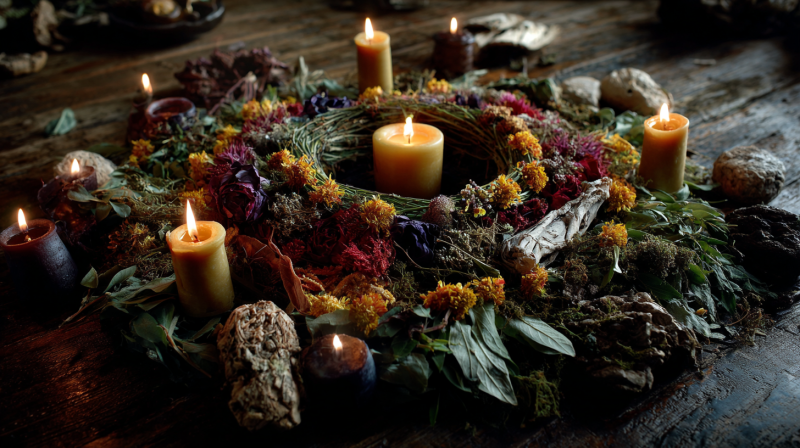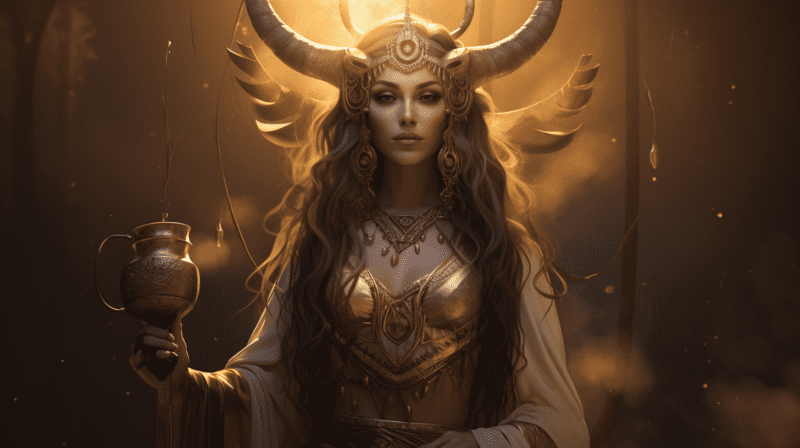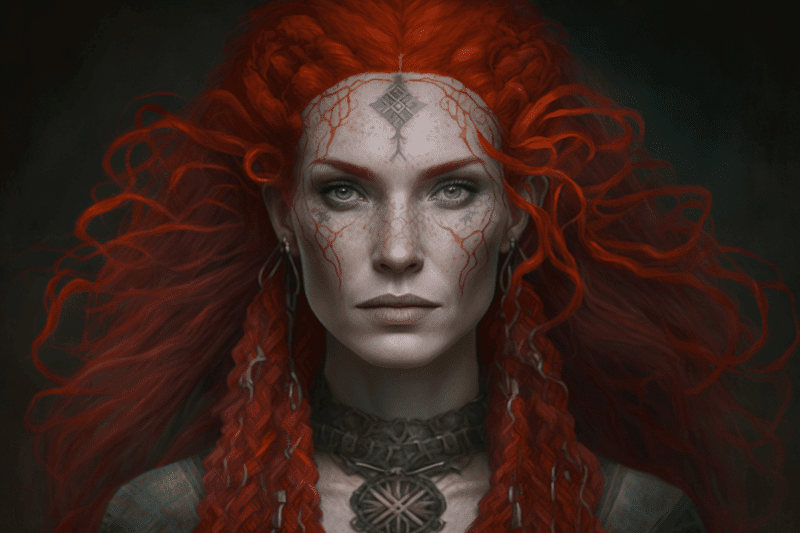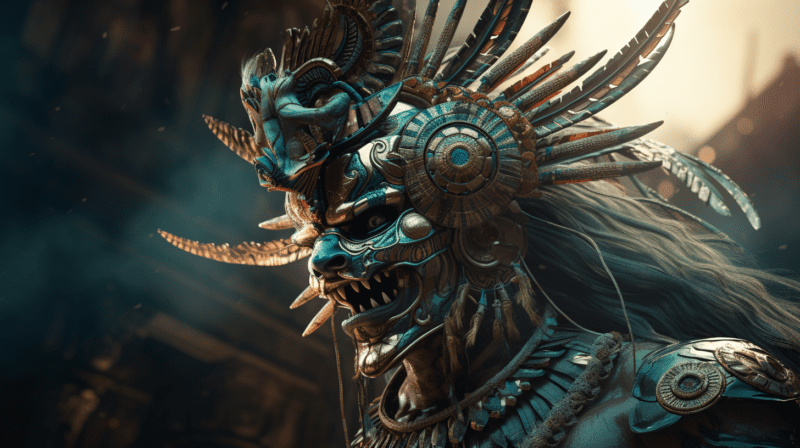Orisha, the vibrant pantheon of deities within Yoruba religion, encapsulates the essence of nature and human experience. Among these divine entities, Oshun radiates the embodiment of divine femininity, love, and sensuality. In this exploration, we embark on a profound journey to unravel the essence of Oshun, delving into her captivating mythology, profound symbolism, and enduring significance in contemporary spirituality. Through this comprehensive examination, we aim to gain a deeper understanding of Oshun’s influence and how practitioners can forge meaningful connections with her energy in their spiritual endeavors.
Origins and Mythology of Oshun
Oshun’s origins are deeply rooted in the rich tapestry of Yoruba mythology, where she holds a revered position as one of the principal Orishas. Legends and myths surrounding Oshun depict her as a goddess of unparalleled beauty and grace, whose presence brings forth healing and abundance. One such tale recounts her journey to heal the world with her divine waters and sweet honey, portraying her as both a gentle nurturer and a fierce protector. Oshun’s multifaceted attributes, including love, fertility, and abundance, are interwoven into the fabric of her mythology, making her a relatable and beloved figure for countless devotees.
Symbolism and Iconography
Oshun’s symbolism is rich with profound meaning, serving as a reflection of her multifaceted nature and divine essence. The river, often depicted as flowing with golden hues, represents her fluidity and adaptability, while honey and sweet treats symbolize her nurturing essence and the sweetness she brings into our lives. Mirrors, another significant symbol associated with Oshun, signify her role as a reflection of our innermost desires and self-image. In art and culture, Oshun is often depicted adorned in gold with flowing garments and elaborate jewelry, symbolizing her regal and abundant nature.
Oshun’s Role and Influence
Oshun’s role transcends mere mythology, extending into the realms of love, healing, and prosperity. As a goddess of love and sensuality, she embodies the essence of romantic love, self-love, and compassion, offering guidance and healing to those who seek her divine presence. Beyond matters of the heart, Oshun is also revered as a patron of fertility and motherhood, nurturing the growth of life in all its forms. Her healing abilities are sought after for emotional and spiritual ailments, while her influence extends into realms of prosperity and abundance, guiding individuals towards success and fulfillment in their endeavors.
Oshun in Contemporary Spirituality
In contemporary spirituality, Oshun’s presence remains potent and pervasive, transcending cultural boundaries and resonating with individuals worldwide. Within Afro-diasporic religions like Santería and Candomblé, Oshun holds a central position, revered for her wisdom and grace. Moreover, modern interpretations of Oshun emphasize her relevance in feminist spirituality, celebrating the divine feminine and reclaiming feminine power. Through rituals, prayers, and artistic expressions, countless individuals find solace and inspiration in connecting with Oshun’s energy and seeking her guidance and blessings in their spiritual journeys.
Working with Oshun: Rituals and Offerings
To honor and connect with Oshun’s divine energy, practitioners often engage in rituals and offerings that reflect her symbols and attributes. Offerings of honey, flowers, or items of beauty and adornment serve as tokens of reverence and devotion, while rituals for invoking Oshun’s presence may involve meditation, dance, or offerings placed by bodies of water. Through these practices, individuals can deepen their connection with Oshun, drawing upon her wisdom and guidance to navigate life’s challenges and embrace the abundance that surrounds them.
Oshun’s Teachings for Today
Oshun’s teachings offer timeless wisdom that resonates with individuals in their modern lives. Her stories serve as poignant reminders of the power of love, compassion, and self-acceptance to overcome adversity. By embodying Oshun’s attributes of beauty, creativity, and abundance, individuals can cultivate a mindset of gratitude and positivity, attracting blessings into their lives. Oshun’s teachings encourage us to embrace our own inner divinity and to recognize the beauty and richness within ourselves and the world around us.
Conclusion
In conclusion, Oshun stands as a luminous beacon of divine femininity, love, and abundance, whose presence continues to inspire and uplift countless individuals worldwide. As we delve into the depths of Oshun’s mythology and symbolism, may we find solace and inspiration in her wisdom and grace. Let us embrace Oshun’s energy with open hearts, allowing her love and abundance to flow into our lives, enriching our spirits and nourishing our souls. Through our reverence and devotion, may we continue to honor Oshun’s timeless teachings and embody her essence in our daily lives.





